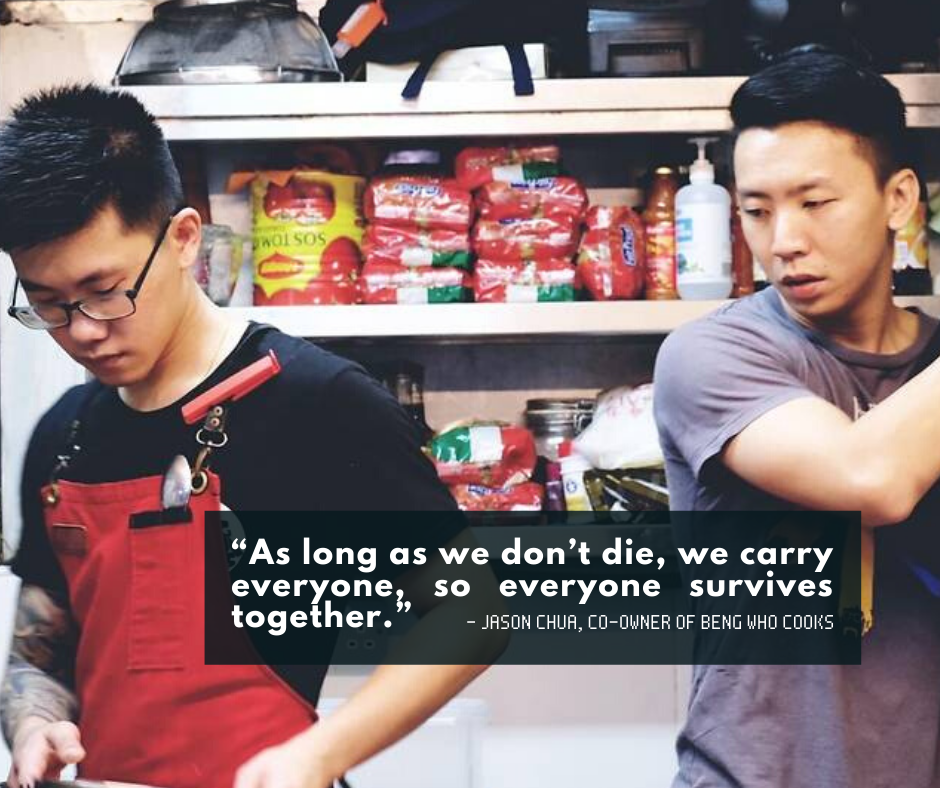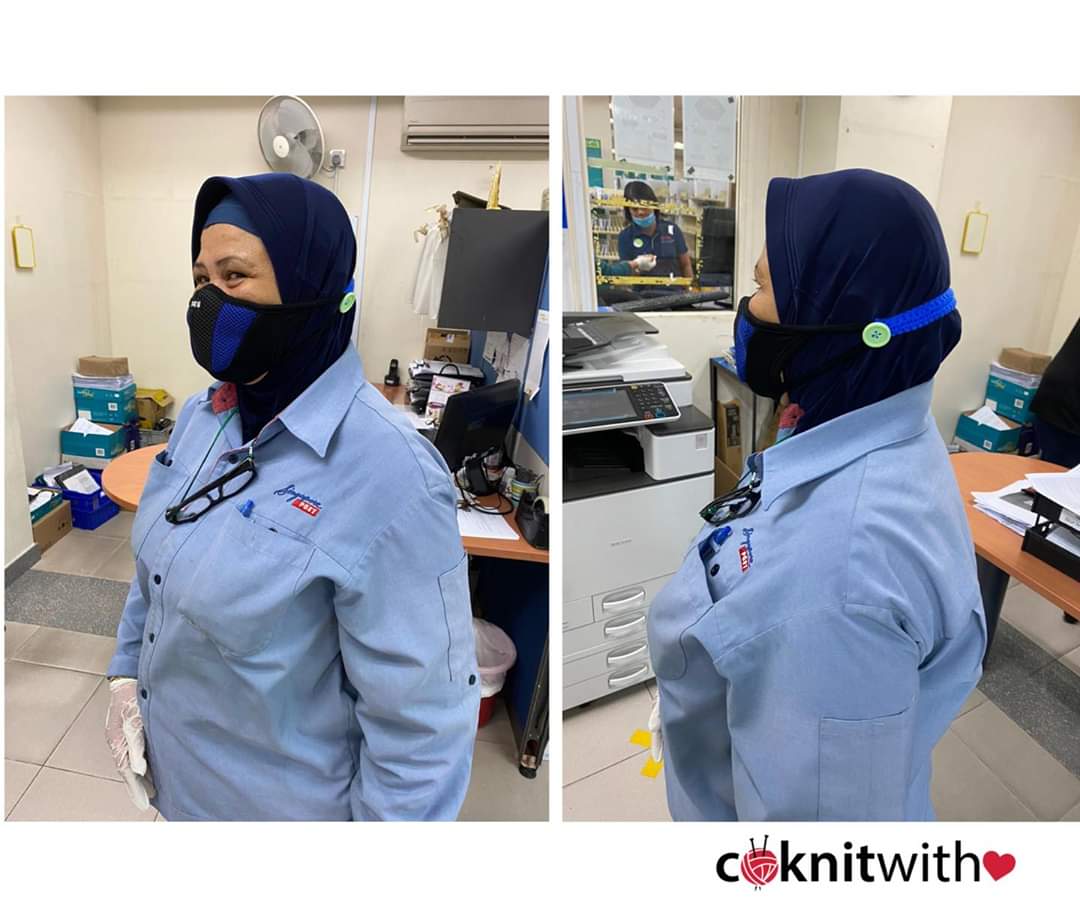COVID-19
COVID-19
In any crisis, we can either choose to band together, or draw apart. The COVID-19 pandemic and its consequences, termed “the crisis of a generation” by PM Lee Hsien Loong, is no exception. Let us examine some of these incidents to see what we can learn from them, to help us overcome future crises together.
Blaming others in times of uncertainty
Due to the disruptions to our lives from the pandemic, it is natural to develop feelings of resentment. The easiest targets to blame are usually those different from us, who we do not understand as well. During the Circuit Breaker period, we saw cases of Singaporeans allowing their emotions to get the better of them by lashing out at others or trying to stir up unhappiness between different races.
In March and April 2020, an internet user hiding behind the pseudonym ‘Sharon Liew’ posted offensive content on social media about Indian migrant workers. The owner of the account was later discovered to be a 34-year-old Malay man, who has since been handed four charges related to committing acts promoting unhappiness between different race groups. Although the internet allows us to pretend to be whoever we want, it should never be used to promote disharmony amongst Singaporeans or to target those different from us.
During this time, some have also bought into racist stereotypes, that blamed the spread of the virus on other groups of people. In April 2020, the Chinese daily newspaper published a forum letter that linked the COVID-19 outbreak in foreign worker dormitories to the personal hygiene and living habits of migrant workers. This letter was roundly condemned both by other forum writers, by netizens, and by Minister for Home Affairs and Law K. Shanmugam. These incidents sparked thoughtful and challenging conversations amongst Singaporeans about issues of racism and the segregation of society, and helped many to examine the racial biases built into social structures, and into their own formation. As our society continues to have such constructive conversations about issues of race, we hope to build better understanding across communities.
Fortunately, the Circuit Breaker period has also shown us encouraging examples of Singaporeans stepping up to support and help one another.
Sharing what we have freely with those less fortunate
From February to June 2020, we saw big and small businesses in Singapore stepping up to give away free masks, food and hand sanitisers to those in need. Big businesses like Razer, Temasek Holdings and Pizza hut stepped up to provide masks and food for Singaporeans in need, with technology firm Razer even going as far as setting up a fully automated mask production line in Singapore to supply masks. Small business owners also did their bit to help, such as the hawker store ‘Beng Who Cooks’, which started delivering free cooked meals to the underprivileged.

Individual Singaporeans too stepped up to help, with individuals giving away free masks, hand sanitisers, and organising welfare pack deliveries. In February 2020, a couple used their own money to buy 6,600 masks to distribute for free to other Singaporeans, while another made their own hand sanitiser and placed it in the lift of their HDB block in Serangoon. Many other Singaporeans have since followed their lead, with hand sanitiser bottles appearing in many HDB lifts.
Bringing Singaporeans together to help one another
Although we may not have much, we can also bring people together to help. For example, Jason Cai, started an initiative called Park $2 Project (P2P) to help those “really in need of supplies”, by raising funds to purchase and deliver welfare packs to needy families. Although he himself might not have had enough money, he managed to raise $10,000 in a single day to buy and deliver daily necessities to 205 families.
Another example is Project Co-Knit with Love, where Neo Su Yin came up with a mask-strap extender to reduce the trouble her Muslim colleagues faced in removing their surgical masks worn under their tudung to eat and drink. These mask straps extenders allowed masks to be worn over the tudung, and for the straps to not rest on the ears for extended periods, which was a problem many essential workers faced. By bringing together many knitting Singaporeans, the project was able to provide almost 5,000 mask strap extenders to over 15 essential services organisations, something Neo would not have been able to do alone.

Using our skills to serve one another
Finally, we may have skills that we can use to help others, particularly during times of crisis. For example, LearnDialect.sg, a website run by Ski Yeo and Eugene Lee, put up free precautionary videos in various dialects for Chinese dialect-speaking elderly, to keep them updated on the coronavirus situation. A Bengali-speaking NUS graduate, Dr. Sudesna Roy Chowdhury, also created a translation portal to help doctors and nurses communicate with migrant workers, an innovation that could literally save lives. This prompted other Singaporeans to come together to create more COVID-19 medical translations, to help medical workers around the world. Sites like Meditranslate.org, founded by Singaporeans, now provide translations for up to 36 different languages, including many Chinese and Indian dialects, as well as many Southeast Asian languages.
Emerging stronger from this crisis as one Singapore
As we have seen above, in response to the crisis, most Singaporeans have chosen to band together, instead of drawing apart. The negative incidents above have prompted discussions and meaningful engagements between different segments of society, whether divided by race, age, or socio-economic status. The number of young Singaporeans coming forward to discuss and think about issues relating to race and privilege has been encouraging. These conversations have helped Singaporeans learn more about one another, which helps to guard against racism and false-stereotyping. To become a more empathetic and compassionate society, Singaporeans need to continue having open and challenging conversations with one another, to develop greater inter-cultural understanding.
In addition, Singaporeans have shown a willingness to give to and care for the less fortunate in society. Singaporeans across the board have given much more to charity this year than ever before, matching the 2019 donations total within the first five months of 2020. The examples of Singaporeans stepping up to serve and support one another, in big ways and small, show us that the ‘Kampung’ spirit of looking out for one another is well and alive in Singapore.

